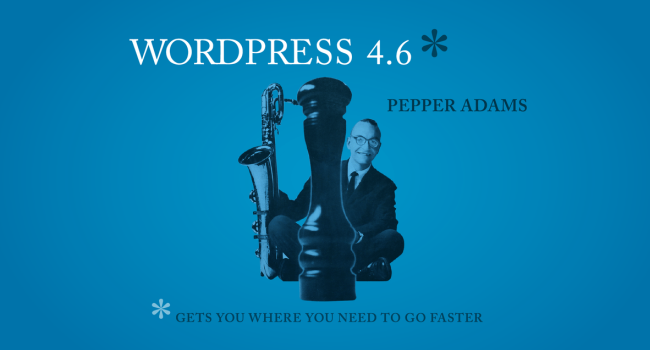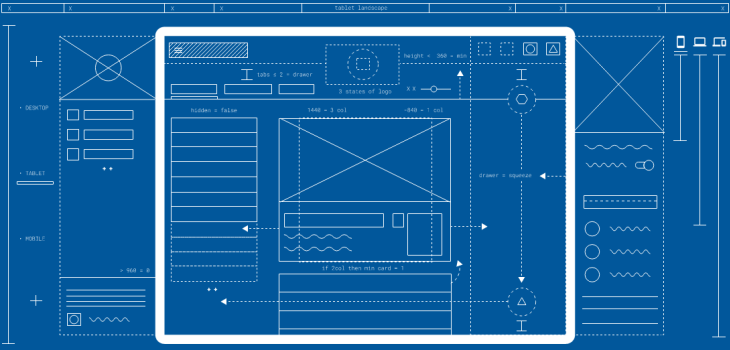Over the past four weeks, I have been sharing information on how small business owners can invigorate their business websites for 2017. So far I have covered strategy, planning, design and building.
In this week’s episode, I tackle the optimization and testing stages of the website redesigning process.
1. Optimization
Key areas to consider during optimization include the following:
- View the website on various browsers. Browsershots will be useful;
- In 2017, it will also be advisable to check device compatibility. Responsinator will be useful here;
- Prepare custom 404 error pages;
- Look out for all broken links and fix them;
- Create xml sitemap file for submission to search engines;
- Proofread your pages to ensure the Ts and Is are crossed and dotted.
Content Sharing
Consider the following issues:
- Make it easy for users to subscribe by adding a form to collect emails;
- Provide social sharing buttons on pages, posts and images.
Data Tracking
Add analytics code to track visits, pageviews and other important metrics to help you monitor and measure website.
Keywords
Consider the following when doing keyword optimization:
- Typical content pages cover no more than one topic/keyword per page;
- Keywords are included within a well thoughtout page title and page descriptions;
- Keywords are incorporated naturally throughout content and content is designed to match persona needs and overall value proposition;
- Calls to actions/offers focus on the topic specified in a page;
- Is there clear and meaningful use of keywords throughout the site?
- Does the content relate to your target audience?
2. Testing
The following areas will require your attention during the testing phase:
Page Redirects
Ensure that old pages are redirected to new pages. You will have this under control if you already have your url mapping document in place during the planning stage.
Navigation
Ensure that the website has a clear hierarchy and organization. Additionally, get a sample user group to test the usability and friendliness of the website.
Design and Structure
Perform an HTML validation test via a CSS validator and perform an assessment of the overall design and layout the of site.
Performance
Do your pages load quickly? Run test with a tool like Yslow and Page Speed



